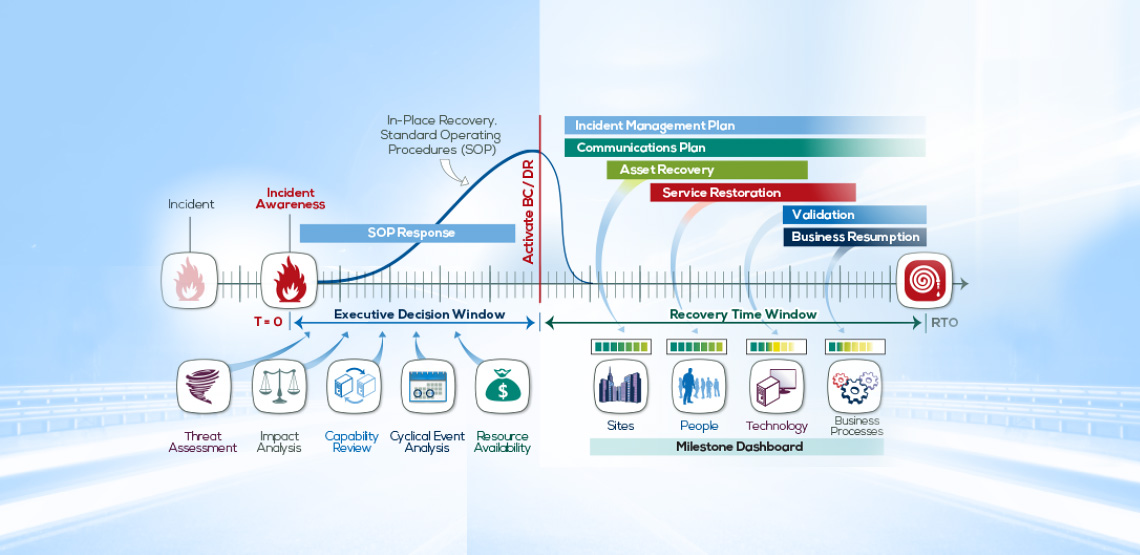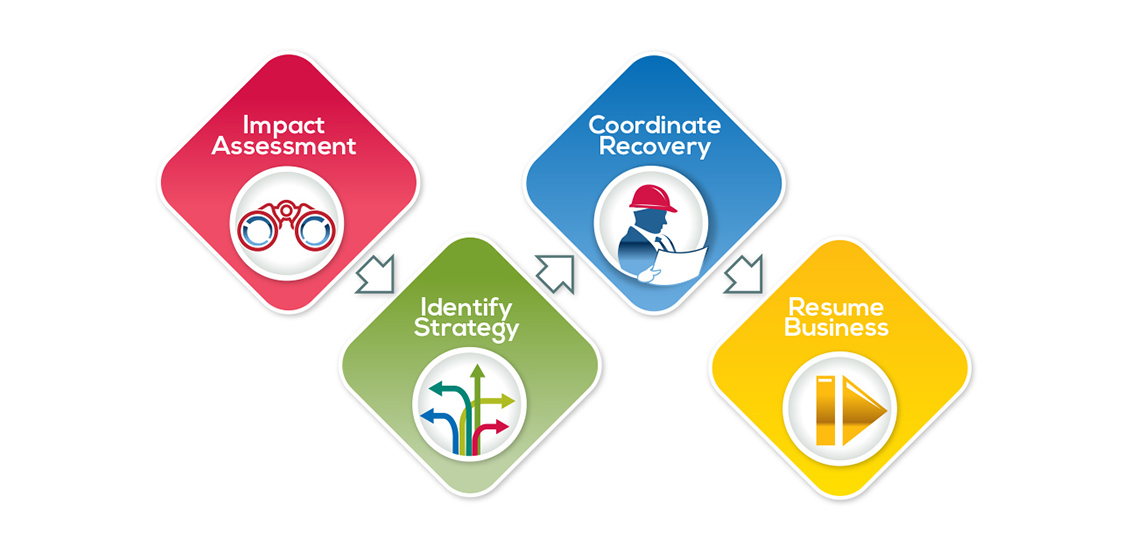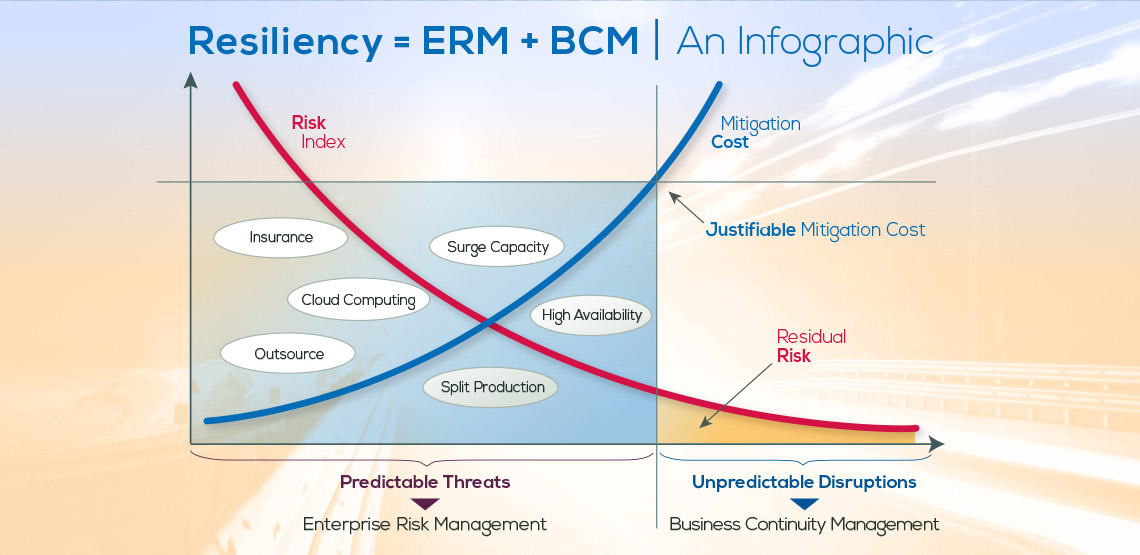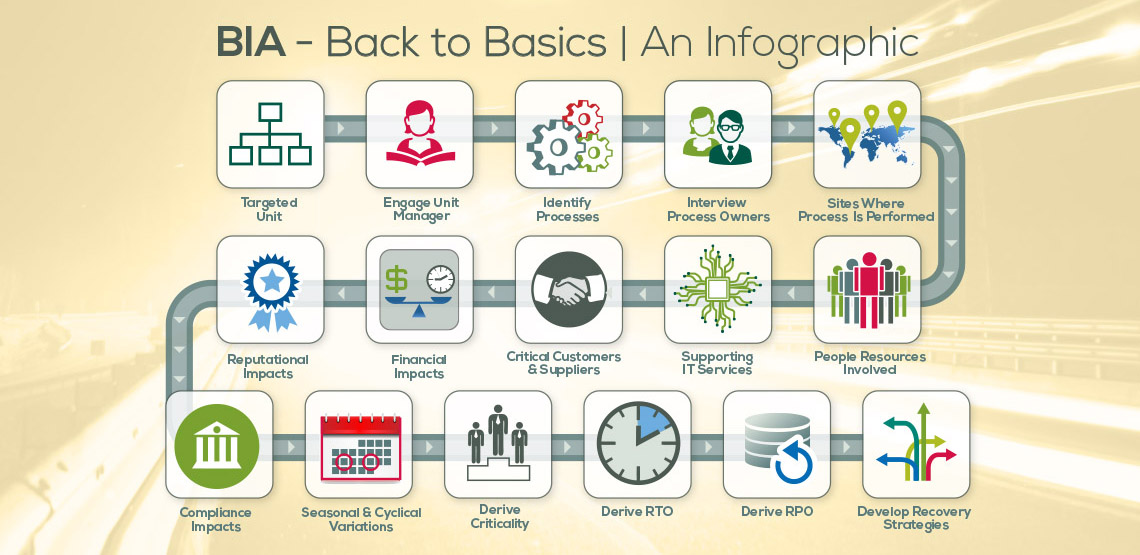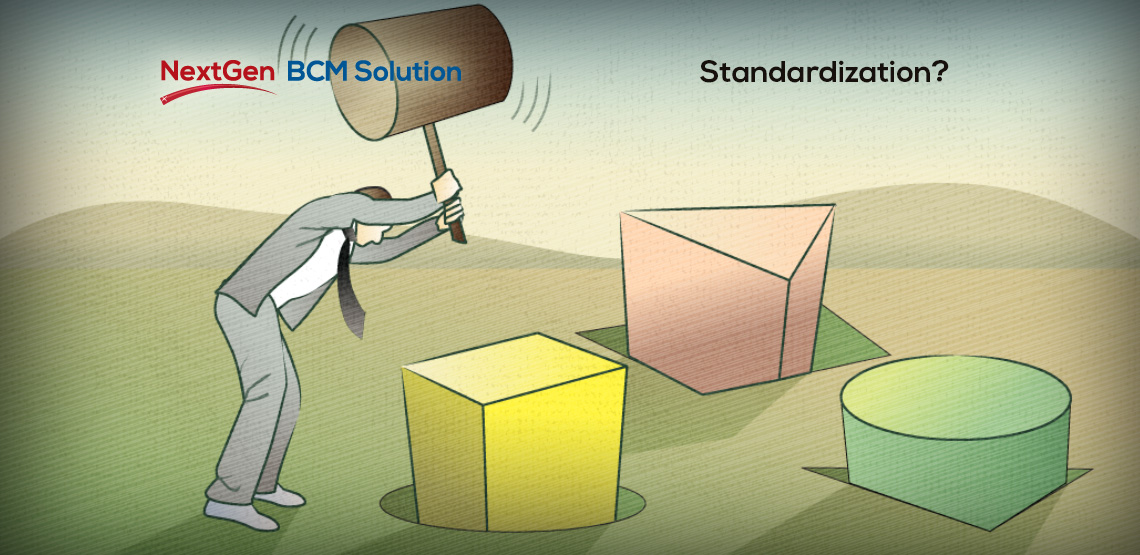Author: Jim Mitchell
A frequent speaker at Business Continuity conferences, many of Jim Mitchell’s blogs can be found elsewhere on eBRP’s website and has published articles in DRJ, Continuity Insights and Continuity Central. Jim has more than 20 years of experience in Business Continuity; if you don’t agree with his opinions – he won’t be surprised.
Business Continuity (BC) planners have long had disagreements with IT regarding when the IT RTO clock starts ticking and when the underlying Business Process stakeholders assume it does. In today’s technology-leveraged business world, BC planners base their Continuity plans on Application RTO’s. Meanwhile, IT Disaster Recovery (DR) planners understand that…
Incident Management vs. Crisis Management
Imagine for a moment that your company building was impacted by a natural disaster; what will happen to the day-to-day operational activities? Suppose, some of the executives in your company were responsible for a scandal, how will you manage the company’s brand/reputation? Unplanned events occur, and it can be devastating…
Resiliency Revisited
News travel fast. “Going to Africa. Hope I don’t get AIDS. Just kidding. I’m white!” All it took was this one tweet from Justine Sacco, senior director of corporate communications at IAC to her then 170 Twitter followers. Within a matter of minutes, while she was asleep in the plane,…
BIA – Back to Basics
A Business Impact Analysis (BIA) should identify the criticality of the business functions and rank them. This racking & stacking of business functions helps in prioritizing which business functions must be continued (or resumed, if interrupted) and how much resources will be allocated to the continuation of the process. The…
Developing Tomorrow’s BCM Plans – Standardization
(NOTE: This is the first part of the 7th in a series of articles discussing the future of Business Continuity Management. The series starts here.) Having worked through the Planning phase – gathering data, transforming that raw data into usable information, identifying gaps and gaining an understanding of recovery priorities…
Summer may be the Riskiest Season
Perhaps it’s the longer days or the warmer temperatures. Summer changes how we perceive our world. Sunny days and warm evenings generate idyllic visions of beaches, exotic travel, cool mountain breezes, holidays and vacations. At work, there is a general feeling that things have slowed down. Perhaps they have, but…
The Future of BCM: It’s about information, Not Data (Nor Plans)
This is the 4th in a series of articles discussing the future of Business Continuity Management. The series starts here. In today’s business ecosystem, with RTO’s approaching zero and new threats emerge with regularity, organizations can ill afford to pay for Business Continuity teams that simply write Plans – to…
All Hazards BCM Planning Fulfills Future Needs
For some time, Government agencies (especially in North America) have focused their Business Continuity efforts (or Continuity of Operations, COOP, as they often prefer to call them) on an ‘All-Hazards’ planning approach. Several years ago, I attended a presentation by a major US Government institution. The presenter began by defining…
Why Your Plan Won’t Work (and How to Fix that)
Recently, Andy Osborne, one of the Business Continuity Management industry’s most prolific writers, published a blog lamenting the common practice of writing BC Plans to please auditors – rather than to function as guides for Recovery. Many Business Continuity Plans (BCP’s) are written to comply with Regulatory requirements (FFIEC, NERC,…

